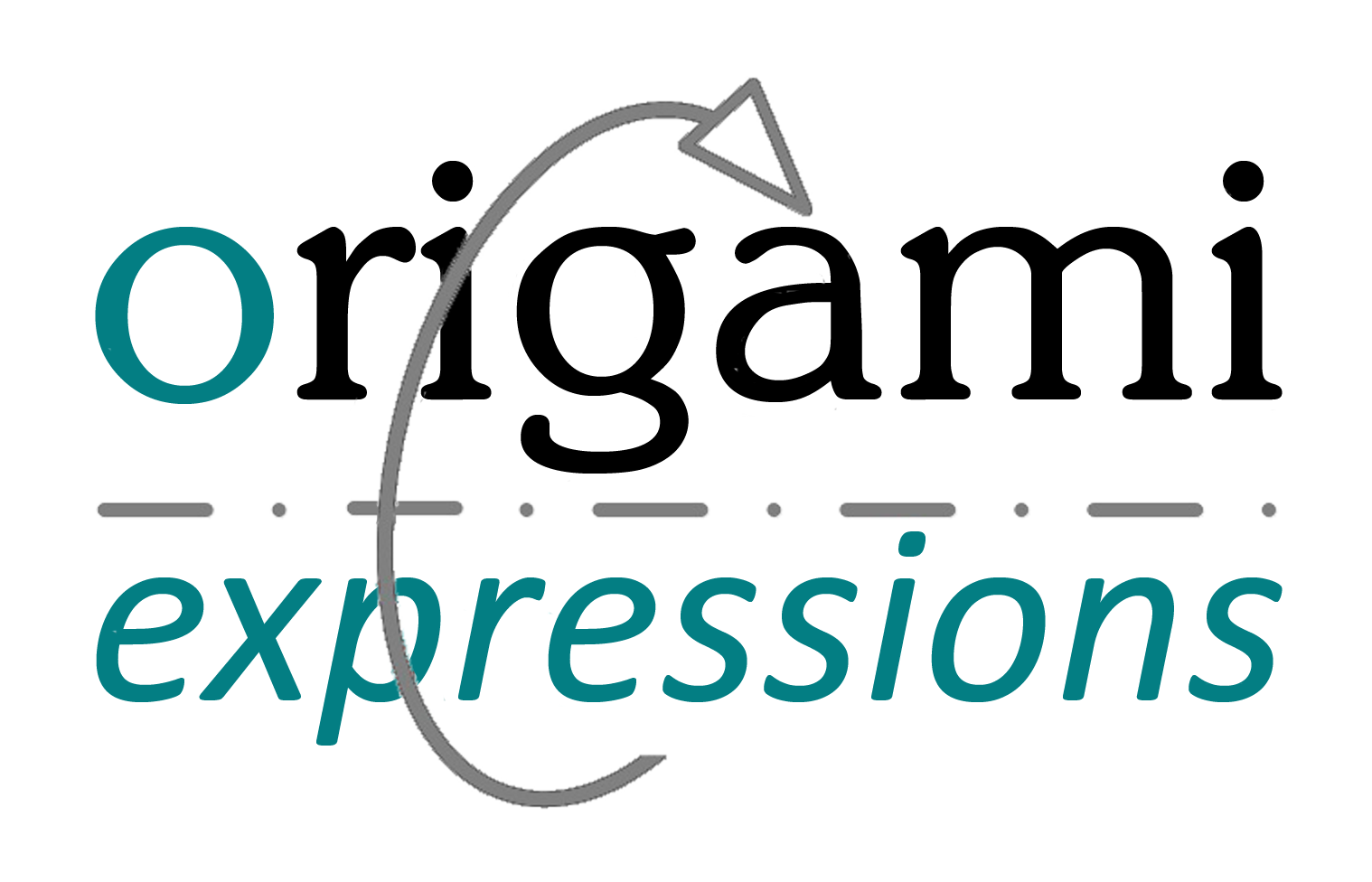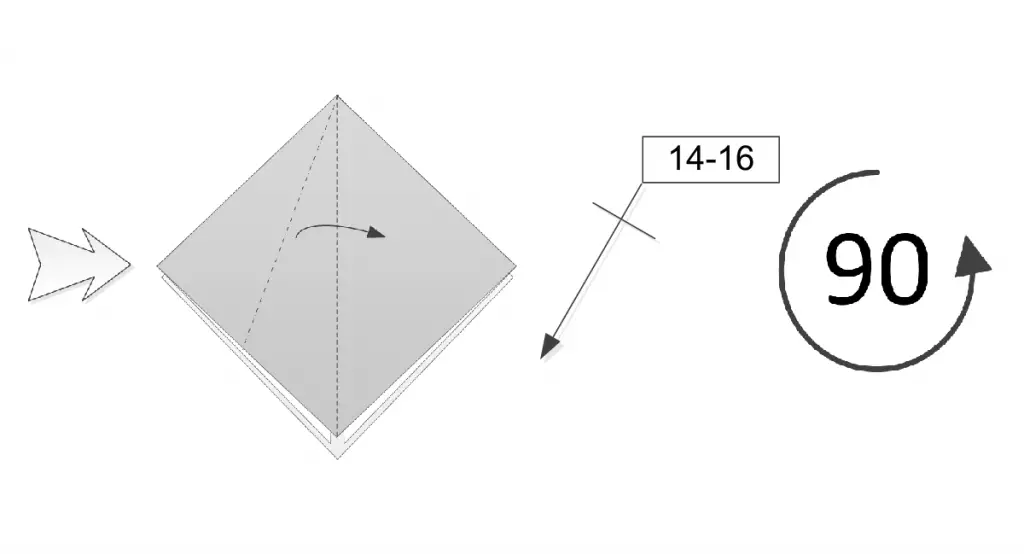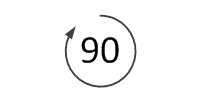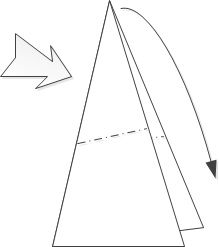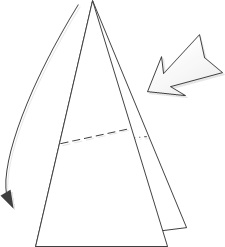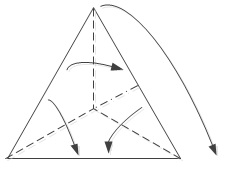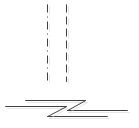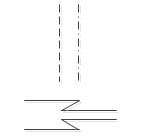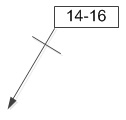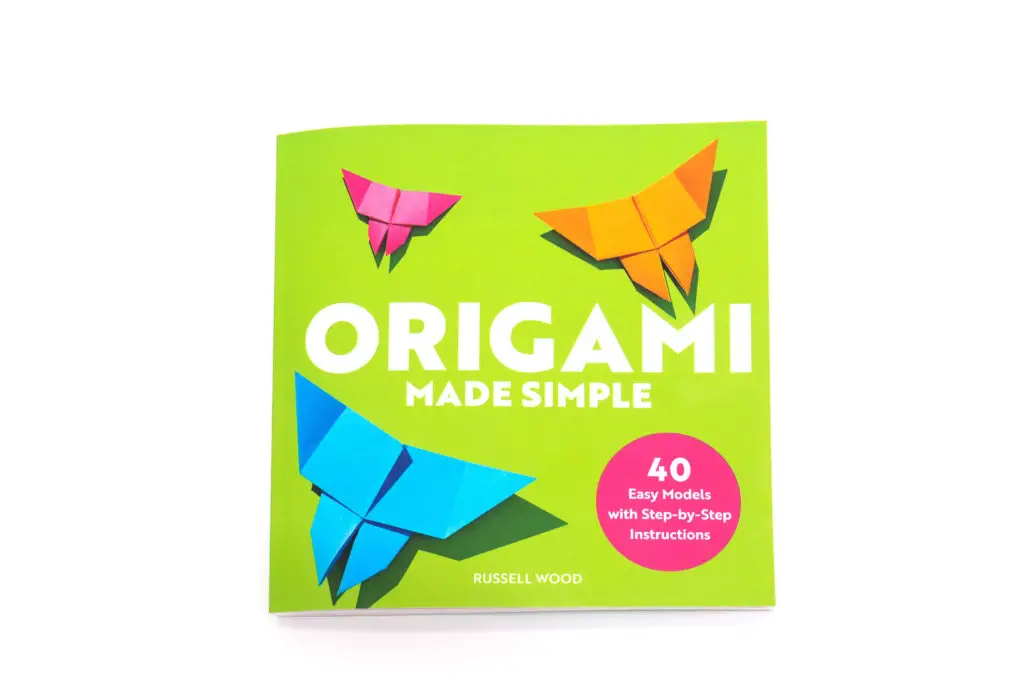To have another language is to have a second soul
Charlemagne
Basic Origami Symbols
Below are the basic origami symbols used in diagrams throughout this site. These symbols, or origami expressions, are based upon those developed by Akira Yoshizawa (he designed this origami butterfly and many more) and modern internationally recognised conventions. These are the ‘language’ of origami. In order to be able to fold from diagrams, you need to be familiar them.
In 1991 Robert Lang published an excellent series of articles on diagramming conventions for the Friends of the Origami Center of America (now OrigamiUSA) recommending a standard set of origami symbols. This would update the symbols originally devised by Akira Yoshizawa to account for modern folding and diagramming techniques, and reduce the number of variations that had arisen. Lang’s articles have since been published on his website here
The basic origami symbols used on this site largely conform to Lang’s recommendations. The table below shows some of the common origami symbols and their meanings.
Learn How to Read Origami Diagrams
You need to be able to understand the basic symbols in order to fold from a diagram. If you want to learn more, I go into more detail in my book, Origami Made Simple.
Get Involved
I’d love to hear your views on these origami symbols. Are they familiar or new for you? Feel free to let me know what you think in the comments below, or you find can me on Instagram, Facebook, or Twitter. Check out my Pinterest boards too!
Sign up for my origami newsletter here and get our free Origami eBook.
Disclosure:
This page contains affiliate links and I may receive some small commission for purchases made through the links on this page. This hasn’t affected my decision to recommend a product – I value my personal and professional reputation and would not endorse a product or supplier I did not believe in. There is no additional cost to you for purchasing through this page.
As an Amazon Associate, I earn from qualifying purchases. Origami Expressions is a participant in the Amazon Services LLC Associates Program, an affiliate advertising program designed to provide a means for sites to earn advertising fees by advertising and linking to amazon.com, amazon.co.uk, amazon.ca. Amazon and the Amazon logo are trademarks of Amazon.com, Inc. or its affiliates.
